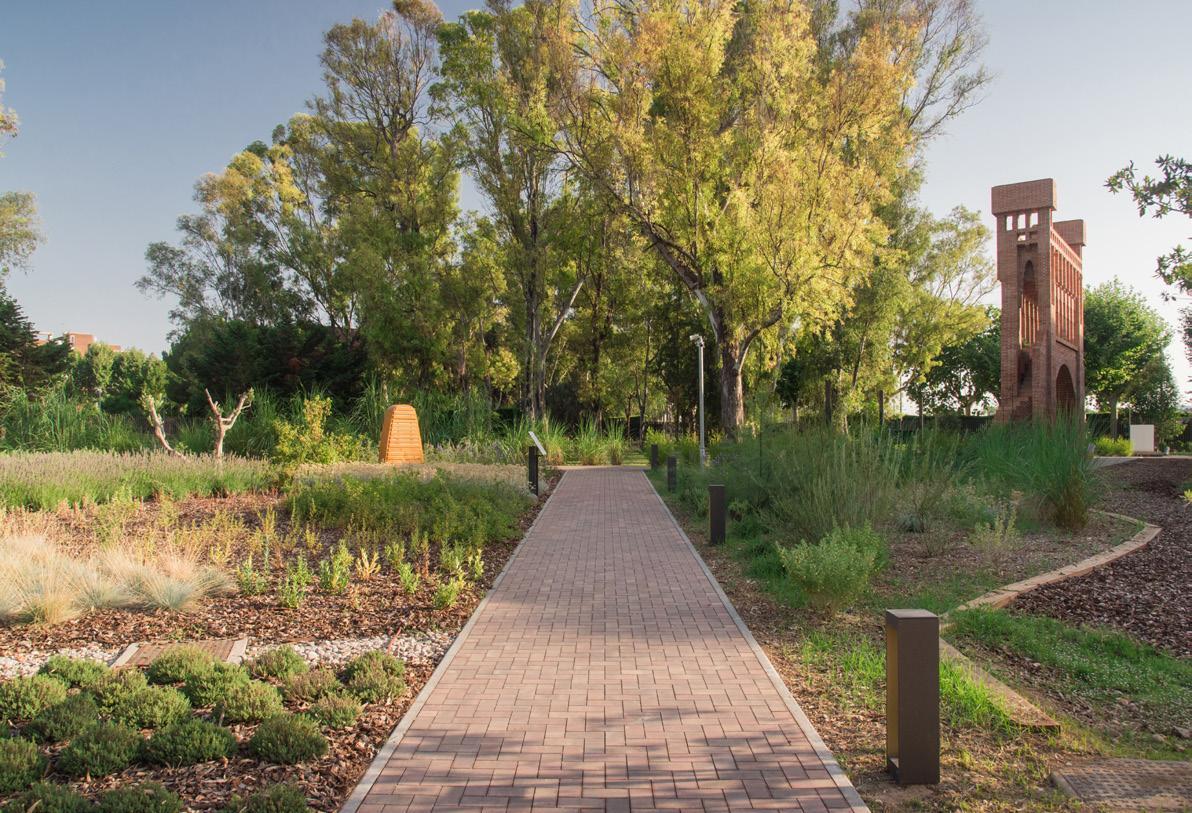JARDÍN DE MARIPOSAS Y HOTEL DE INSECTOS.
Ecosistema y biodiversidad. Cornellà (Barcelona)
Diseñado por CREAM Estudio
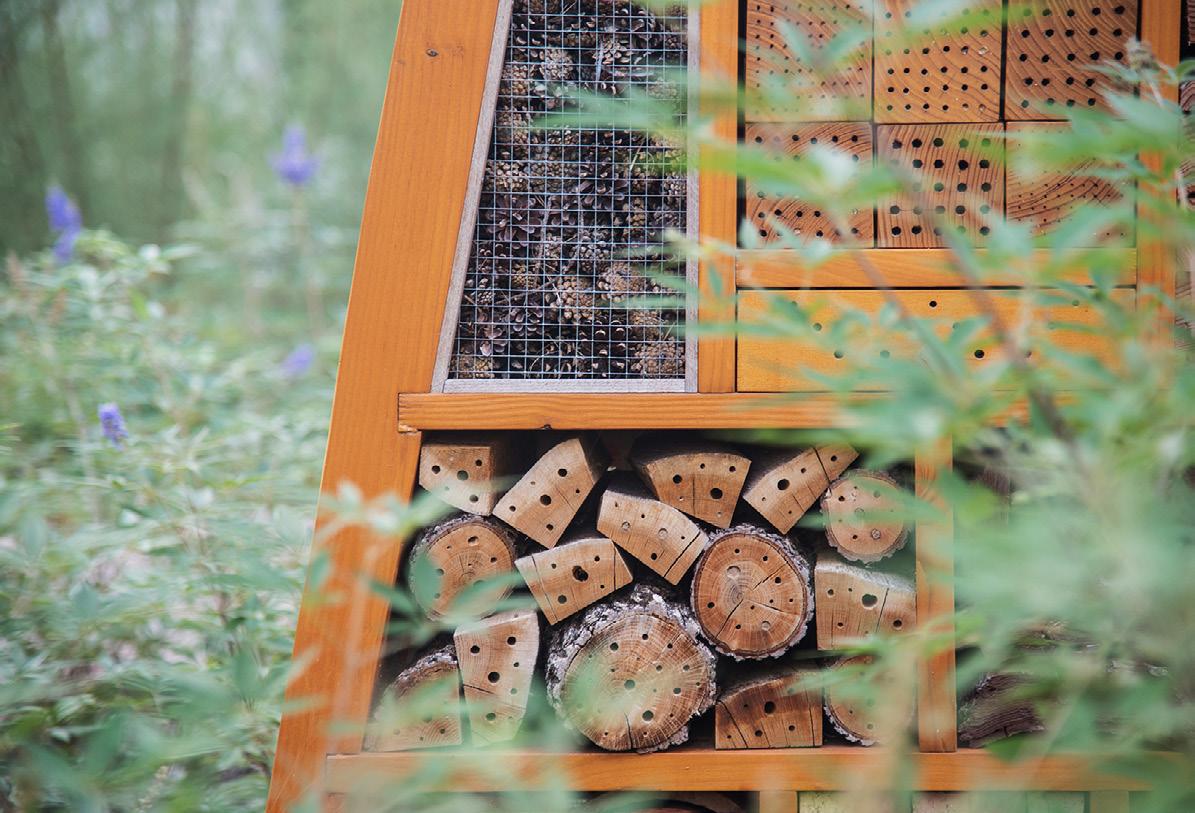
La progresiva alteración del ciclo del agua es uno de los efectos del cambio climático, este calentamiento tiene efectos no sólo sobre los recursos hídricos, también afecta a la flora, la fauna y el hábitat. Las mariposas y las abejas tienen un papel muy importante en los ecosistemas debido a su capacidad de polinización y son sensibles a estos cambios.
El objetivo es mejorar la naturalización del parque para favorecer la biodiversidad y tener un lugar donde los habitantes y animales cohabitan y pueden beneficiarse del ecosistema y de los efectos directos en su bienestar y calidad de vida.
En el ‘jardín de las mariposas’ se ha plantado vegetación atrayente de animales e insectos, creando un mosaico dinámico de plantas bajas que varían según la estación del año cuando se visite el jardín. Las mariposas diurnas son bioconductores de referencia para el estudio de calidad ambiental debido a su corto ciclo de vida y a la rapidez con la que responden a los cambios climáticos y a la vegetación. Son un muy buen indicador para medir la salubridad de un entorno. Además, su función polinizadora es vital para el conjunto de la cadena trófica. Se han plantado especies vegetales autóctonas que florecen en diferentes momentos, siendo un reclamo continuo para insectos y mariposas, encontrando aquí un posible hábitat y siendo indicadora su presencia de la calidad ambiental del lugar.
Se ha integrado en este jardín un ‘hotel de insectos’, este es un objeto creado con materiales naturales que actúa como un refugio y lugar de hibernación para insectos. Esta estructura artificial está dividida en estratos para diferentes tipologías de anidamiento que ayuda a la conservación de los insectos por la práctica de la agricultura y la deforestación. Un hotel de insectos fomenta la biodiversidad de un espacio. Las mariposas, las abejas, las libélulas y otras pequeñas criaturas son beneficiosas para las plantas.
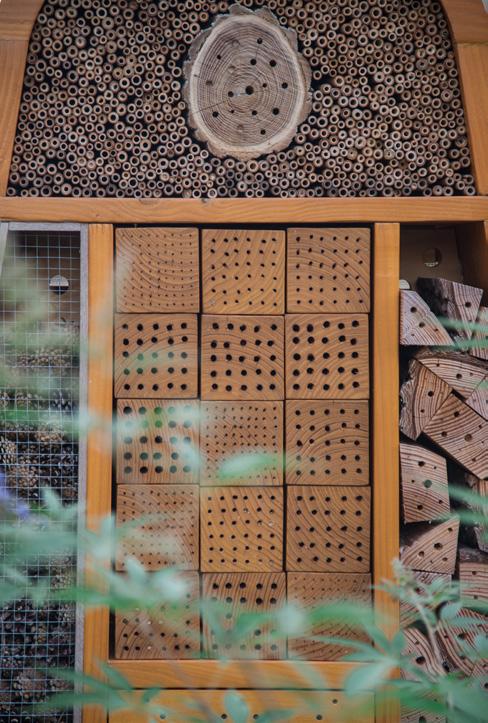
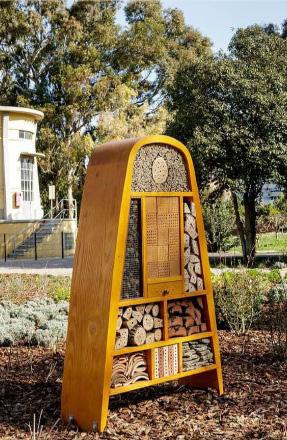
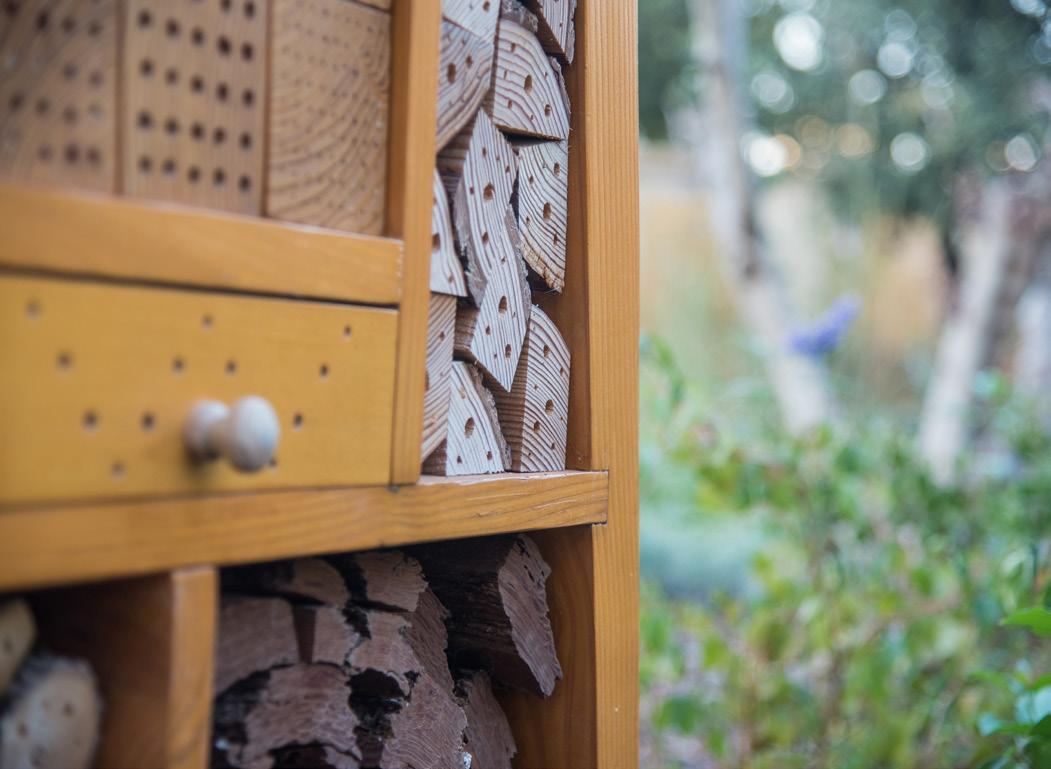
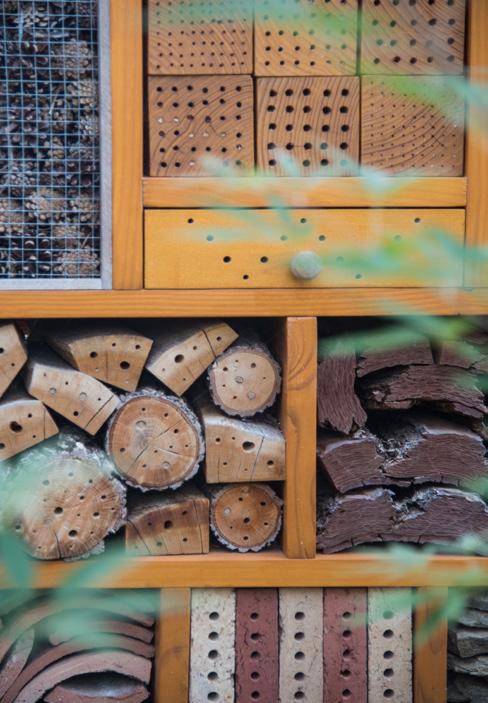
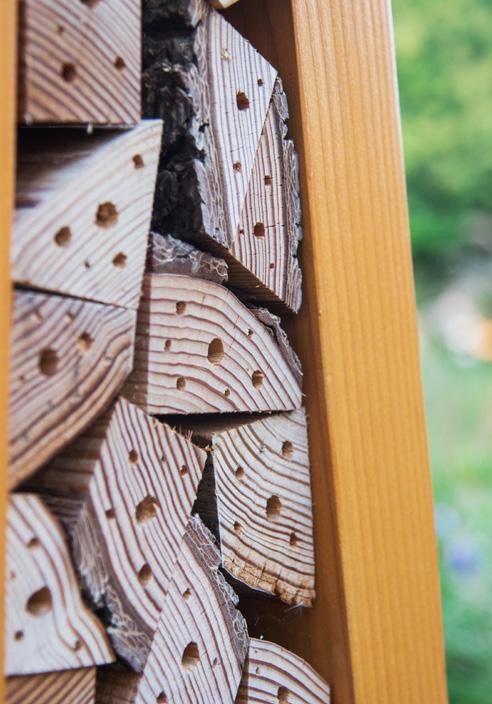
Además, tanto el ‘jardín de mariposas’ como el ‘hotel de insectos’ son una buena herramienta pedagógica que permite a los niños y adultos acercarse y observar de cerca la naturaleza y el ciclo de vida de algunas criaturas que resultan difíciles de encontrar en el medio salvaje y ver el buen funcionamiento de nuestros ecosistemas.
[eng]
The progressive alteration of the water cycle is one of the effects of climate change. Not only does it have effects on water resources, but it also affects flora, fauna and habitat. Butterflies and bees play an essential role in our ecosystem due to their ability to pollinate and are becoming very sensitive to the degradation of the climate stability.
The objective is to improve the naturalization of the park to favour biodiversity and provide a place where the inhabitants and animals could coexist and benefit from the ecosystem and the direct effects on their well-being and quality of life.
In the ‘butterfly garden’, vegetation that attracts animals and insects has been planted, creating a dynamic mosaic of low plants that vary according to the season. Diurnal butterflies are reference bio conductors for the study of environmental quality due to their short life cycle and the speed with which they respond to changes in climate and vegetation. They are a very good indicator to measure the healthiness of an environment. In addition, its pollinating function is vital for the entire food chain.
An ‘insect hotel’ created with natural materials acts as a refuge and hibernation place for insects. This artificial structure is divided into cells for different types of nesting that helps conserve insects such as Butterflies, bees, dragonflies, and other insects threatened by the ever growing practice of agriculture and deforestation.
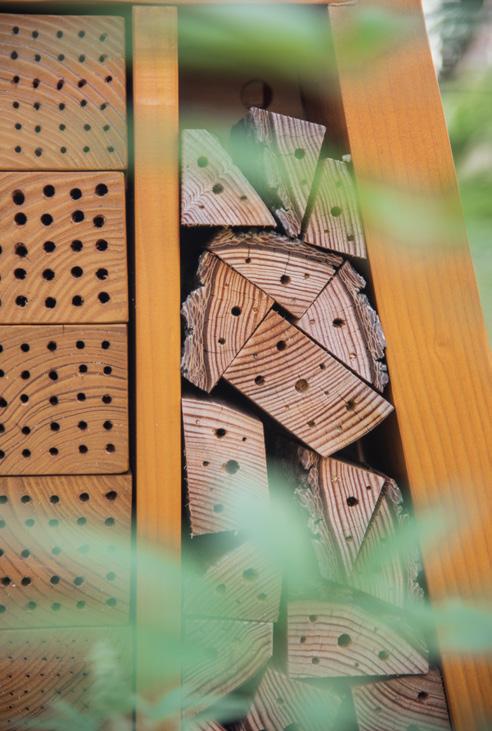
These are didactical and pedagogical tools that allow visitors to closely observe and learn about nature.
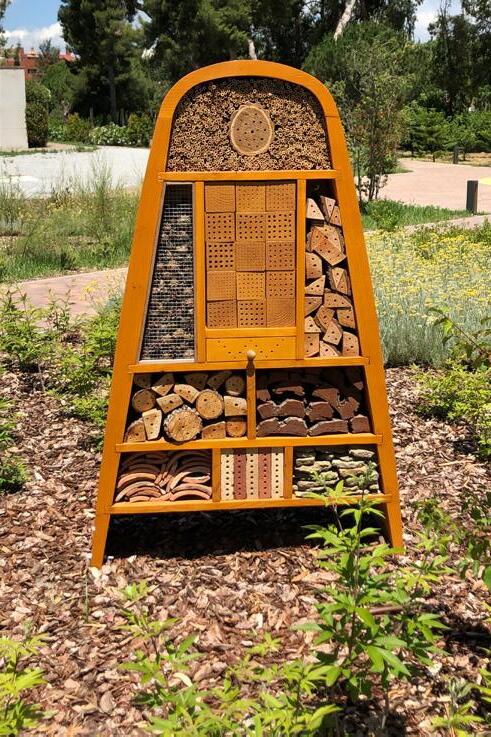
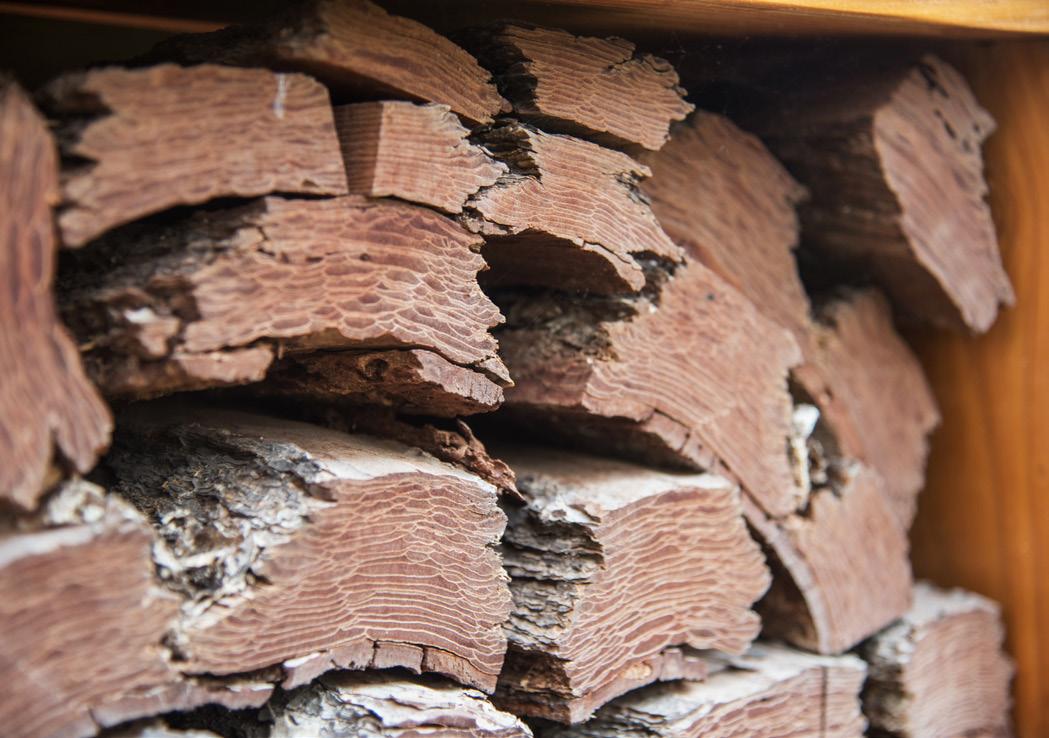
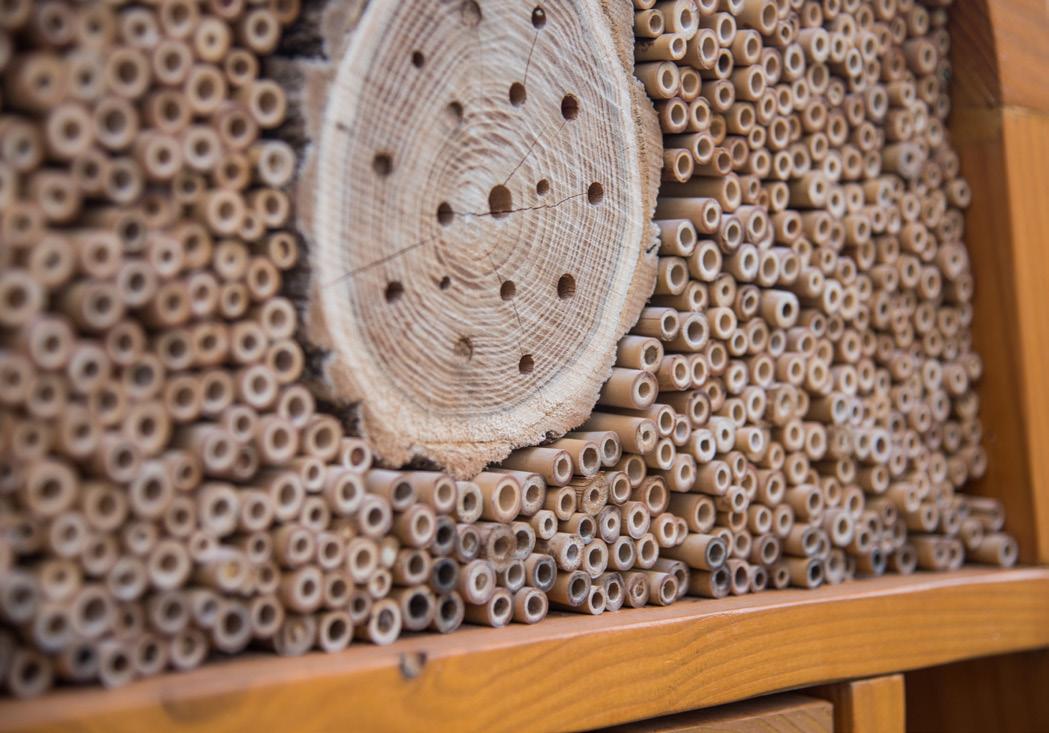
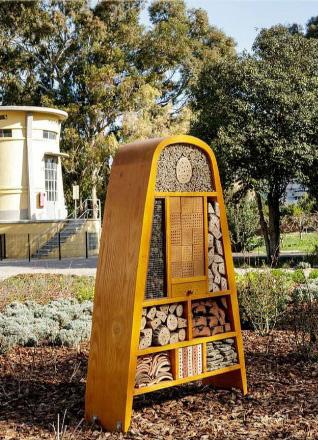
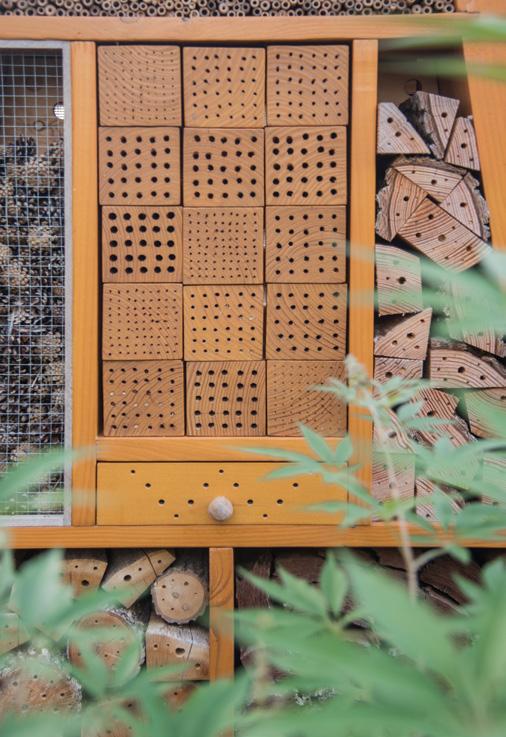
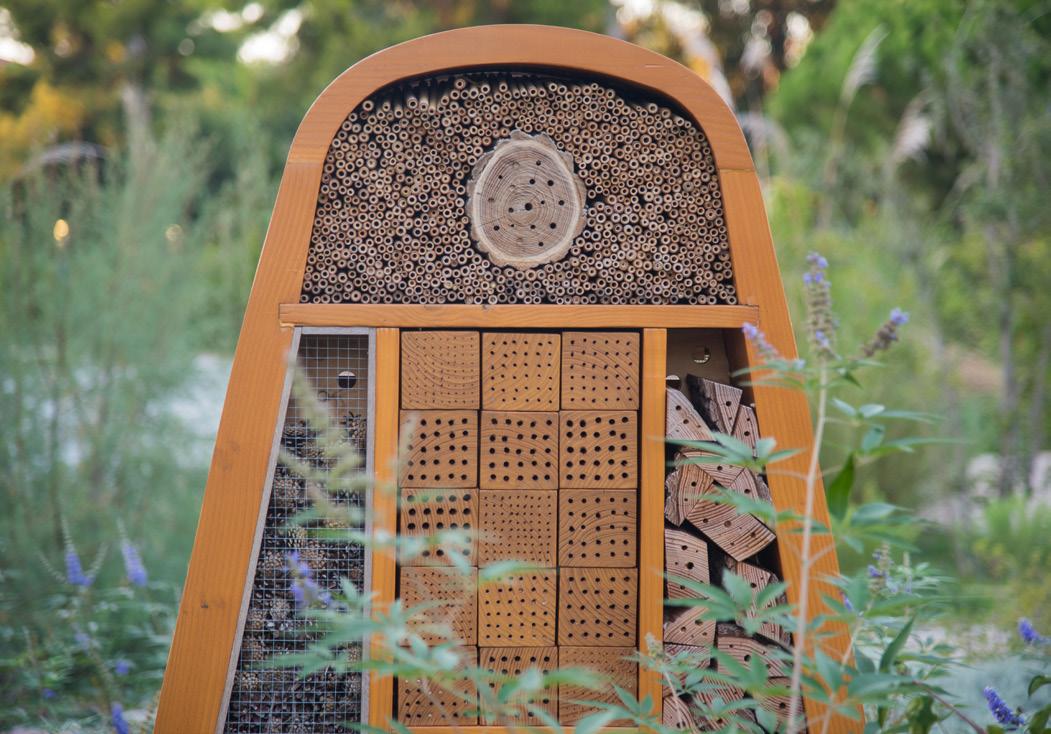
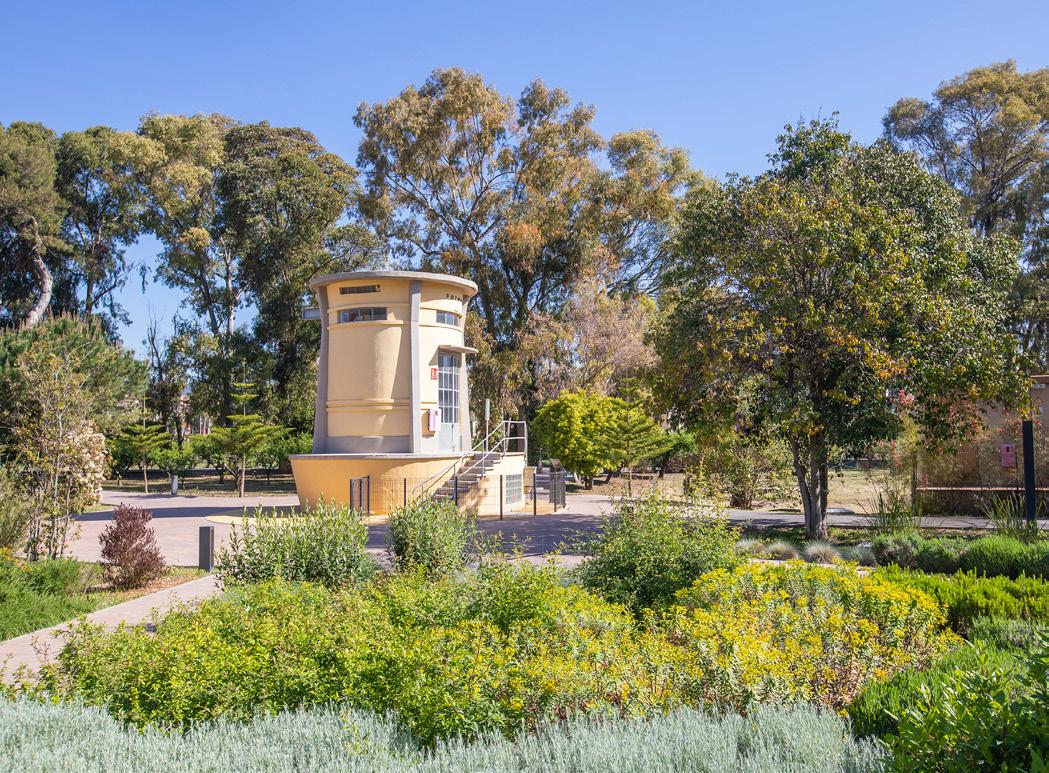
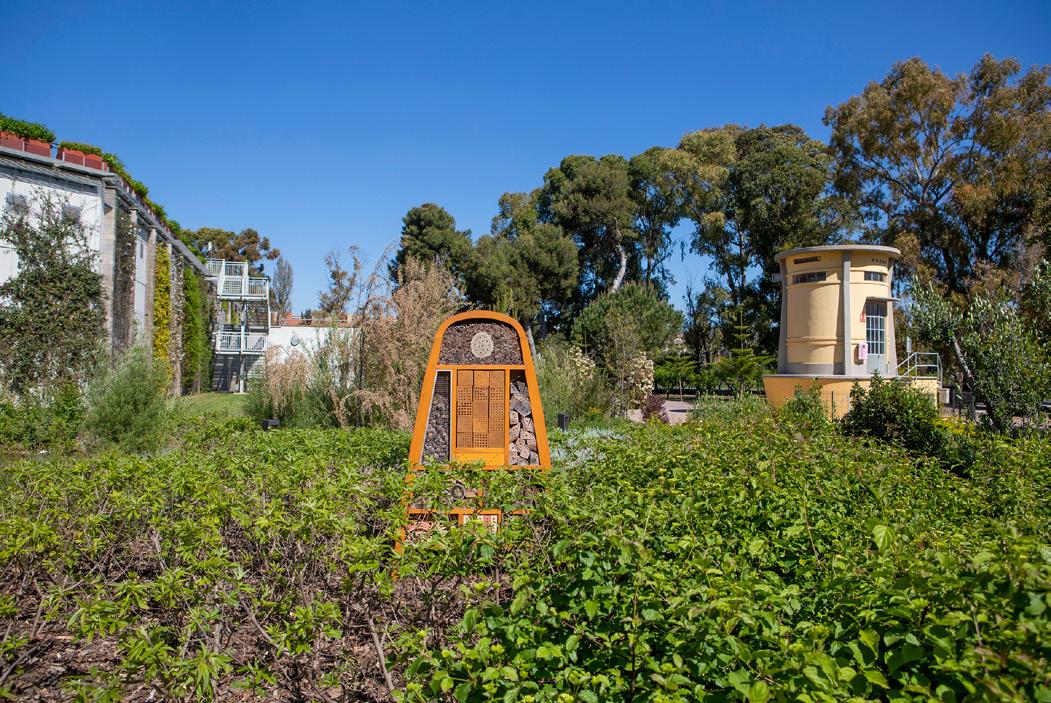
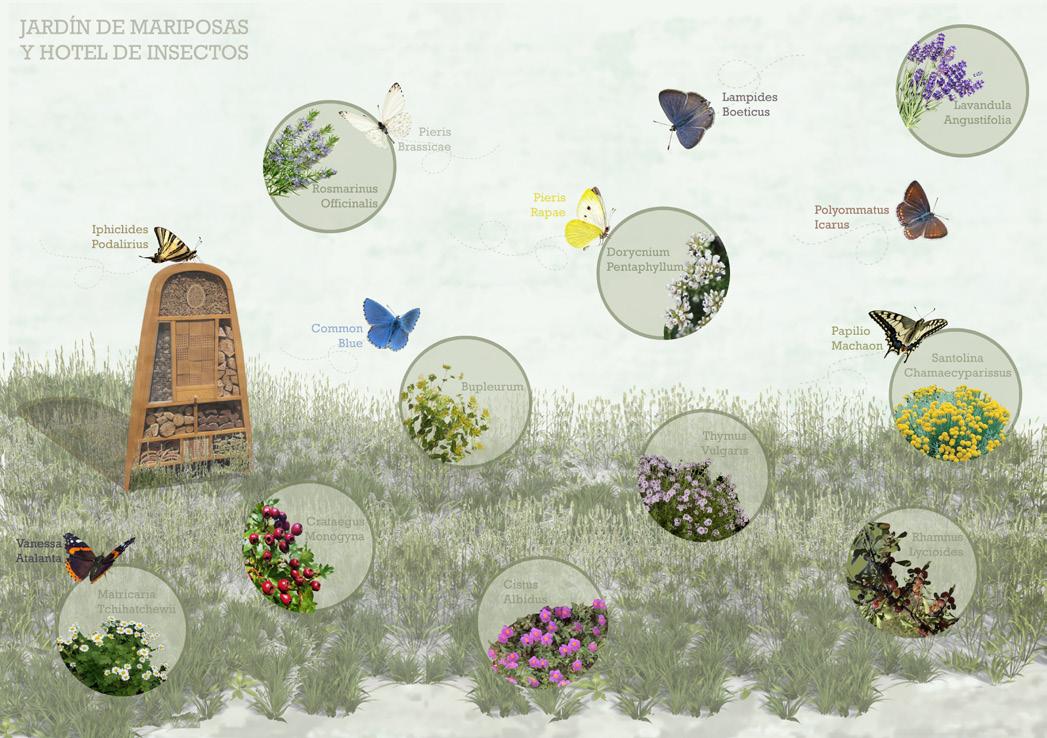
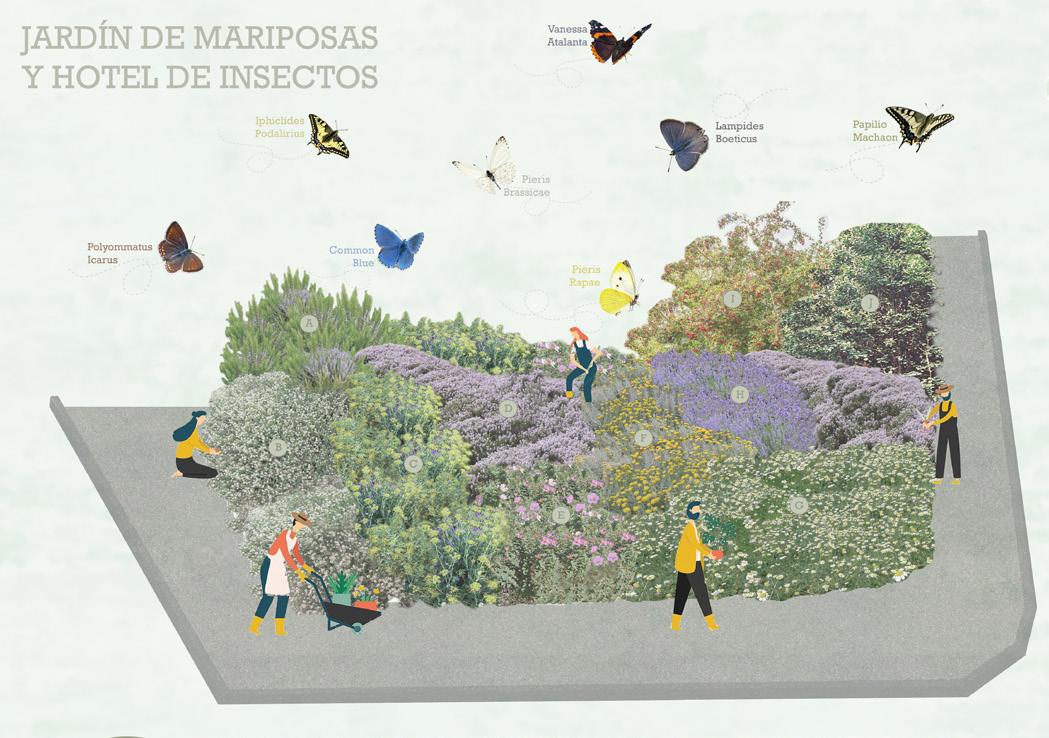
It flowers in spring from May to June. Valuable for bees and many insects due to the abundant pollen they produce.
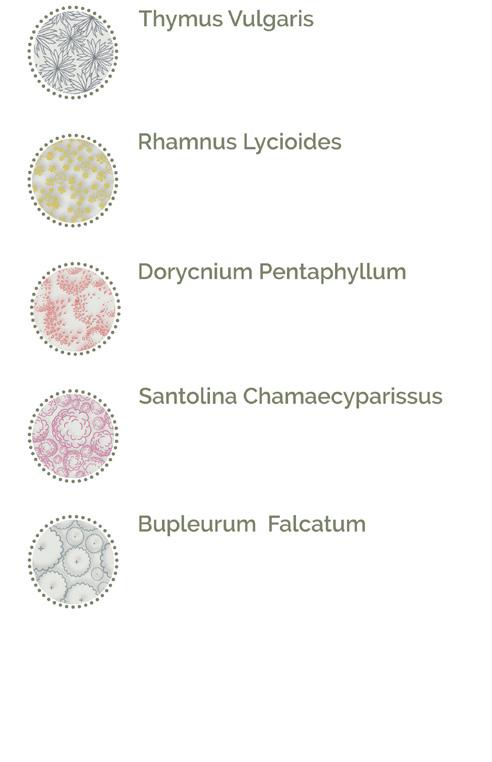
It flowers from June to September and the seeds ripen from August to October. It is pollinated by wasps.
The flower appears in the form of spikes in the spring-summer. They attract butterflies and bees.
The plant flowers in spring and summer in temperate climates, but the plants can be in constant bloom in warm climates.
The flowers are produced in late spring, May to early June. They are pollinated by midges, bees and other insects.
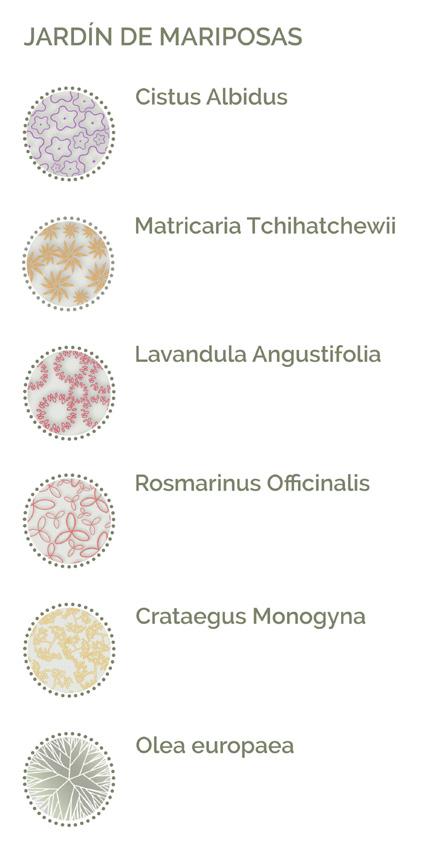
During pollination produces a massive abscission of flowers and it develops fruits in the 6-8 weeks after flowering.
Flowers between February and September. Edible and highly aromatic plant which is often used as herbal medicine.
It blooms between March and May and their fruit is ripe from August till September. Valuable to small birds.
It enriches land and fixes runoff as it has a very deep root system. Very honeyed and therefore appreciated by bees..
Covered in aromatic, grey-green leaves, in summer it produces flower-heads serving as food source for pollinators.
It provides nectar and pollen for bees and the many other types of pollinating insects. Its flowering period is June-July.
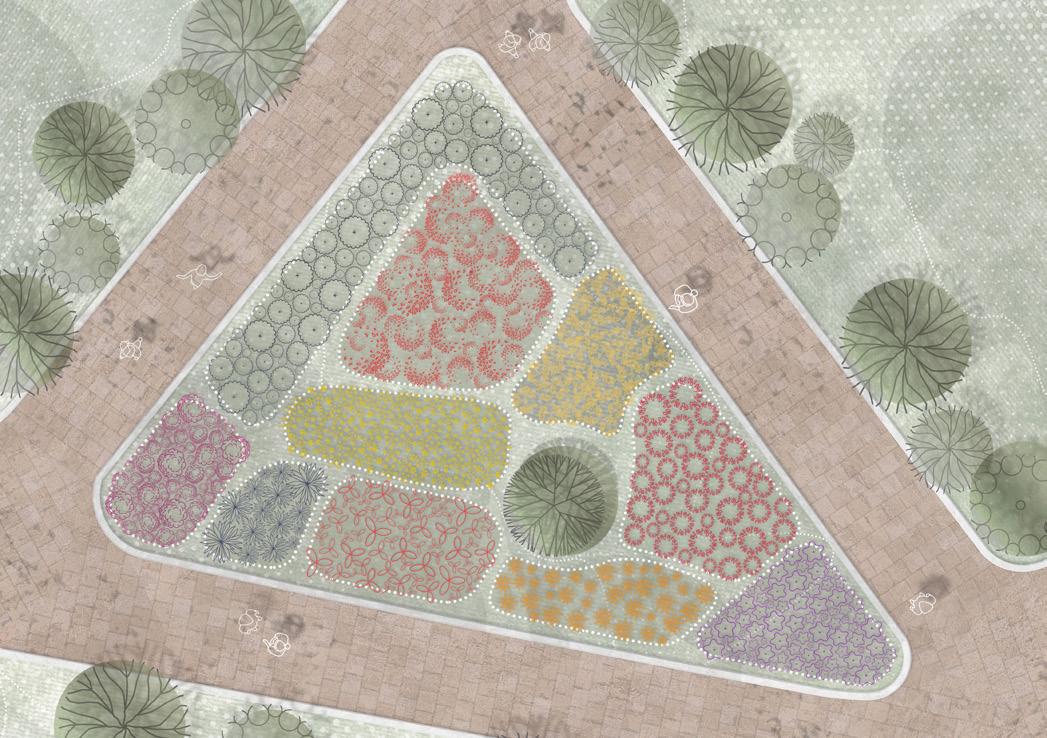
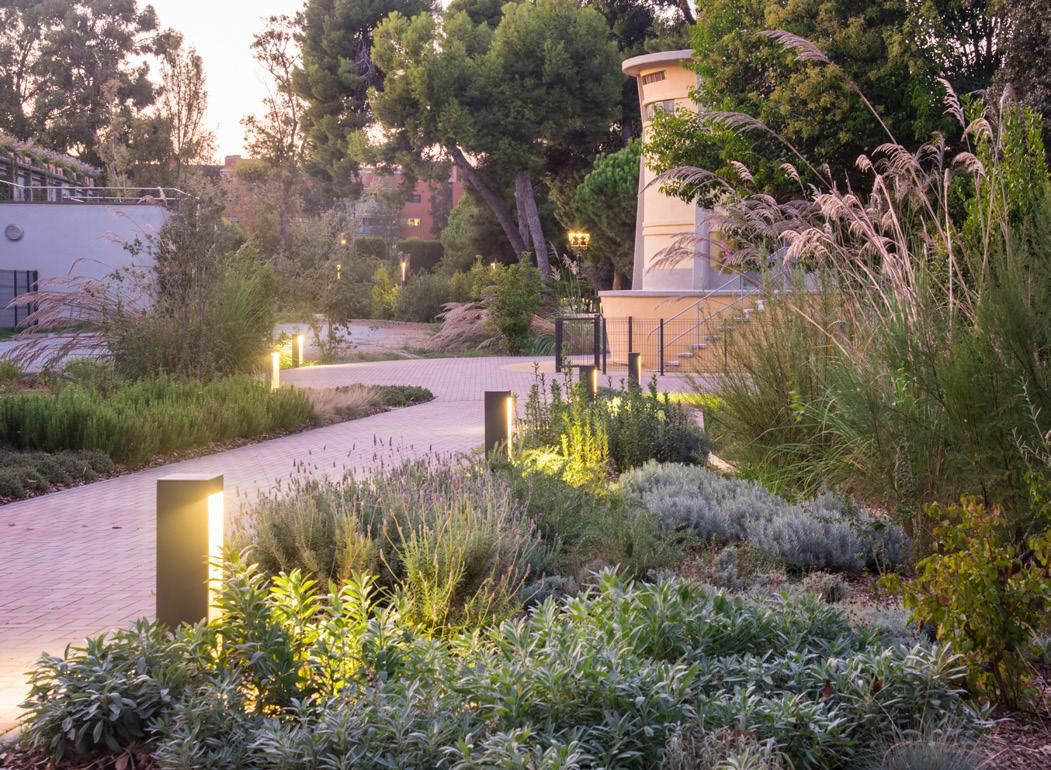
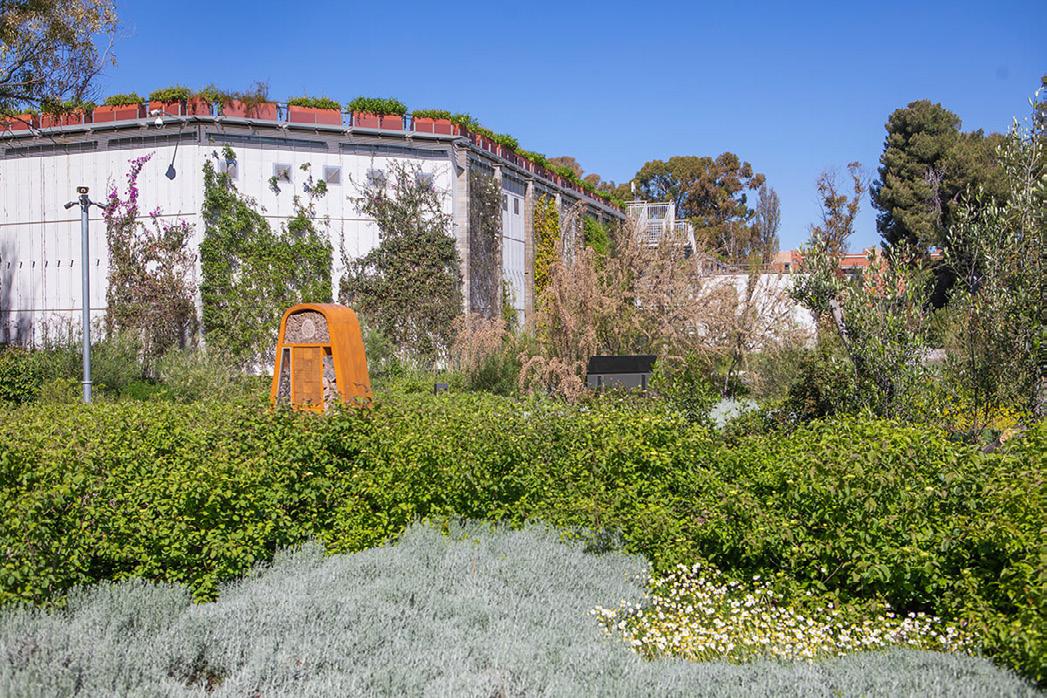
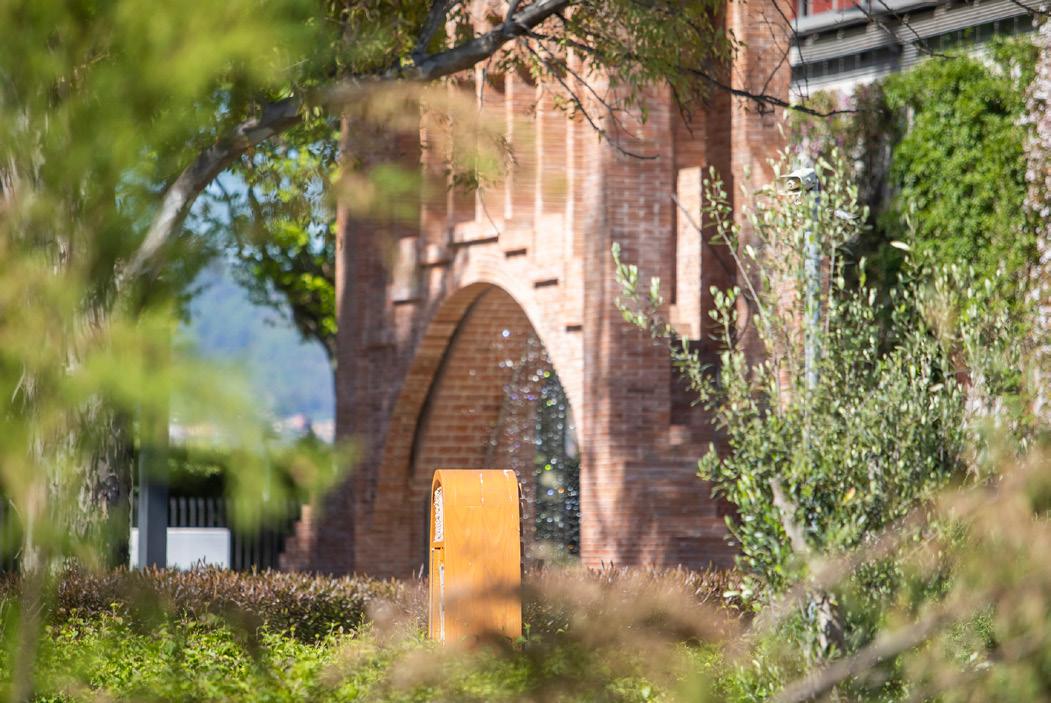
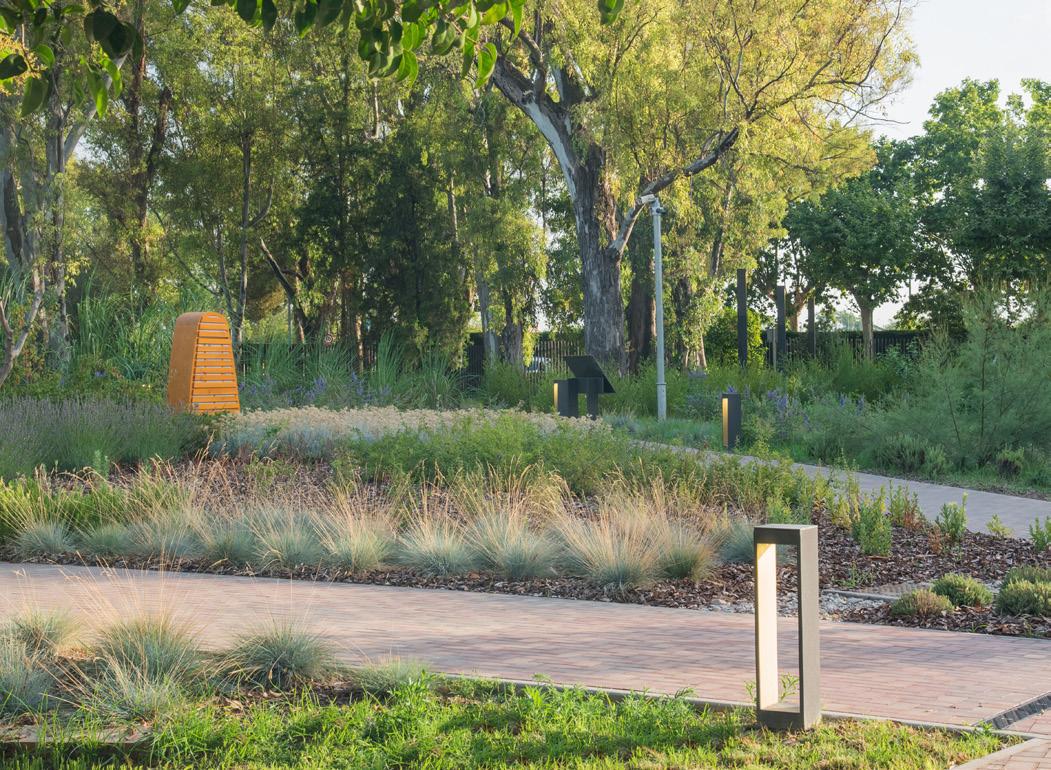
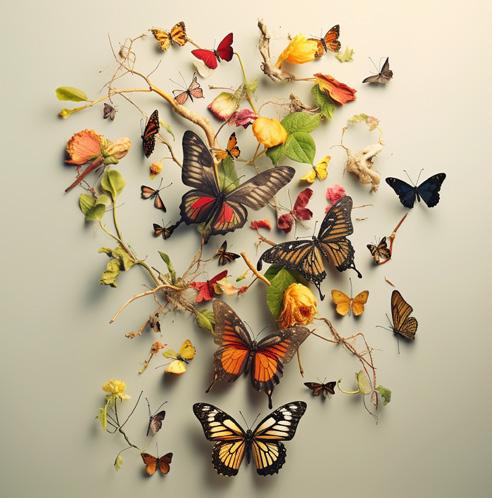
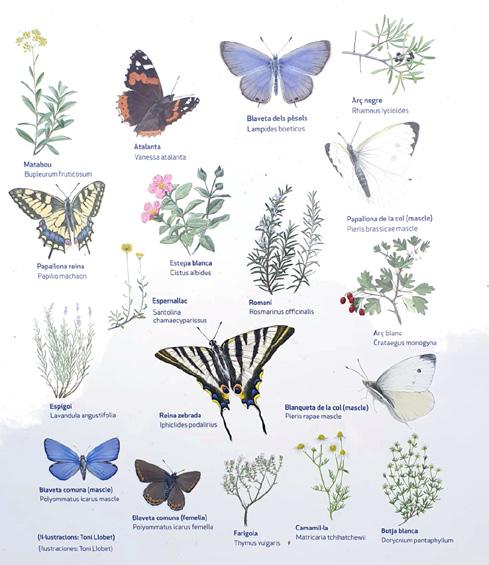
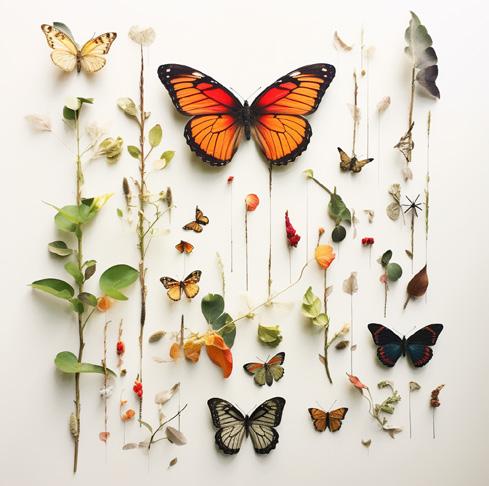
Sobre CREAM Estudio
En CREAM creemos que un buen diseño es el resultado del trabajo colaborativo combinado con valores sostenibles, innovadores, saludables y sensibles que transforman un lugar o edificio en una solución única que responde a las necesidades humanas.
eb@creamestudio.com
